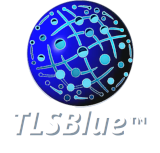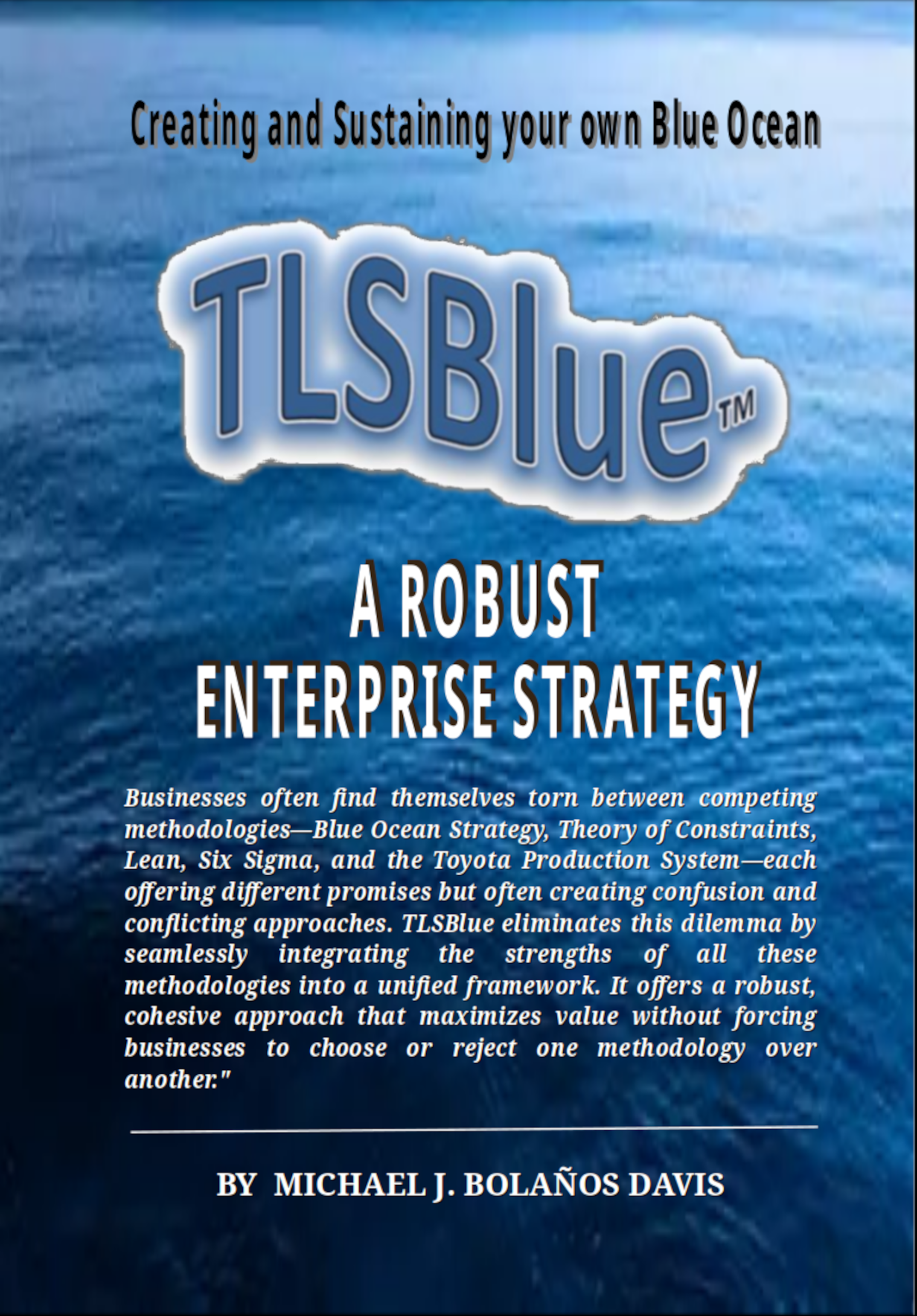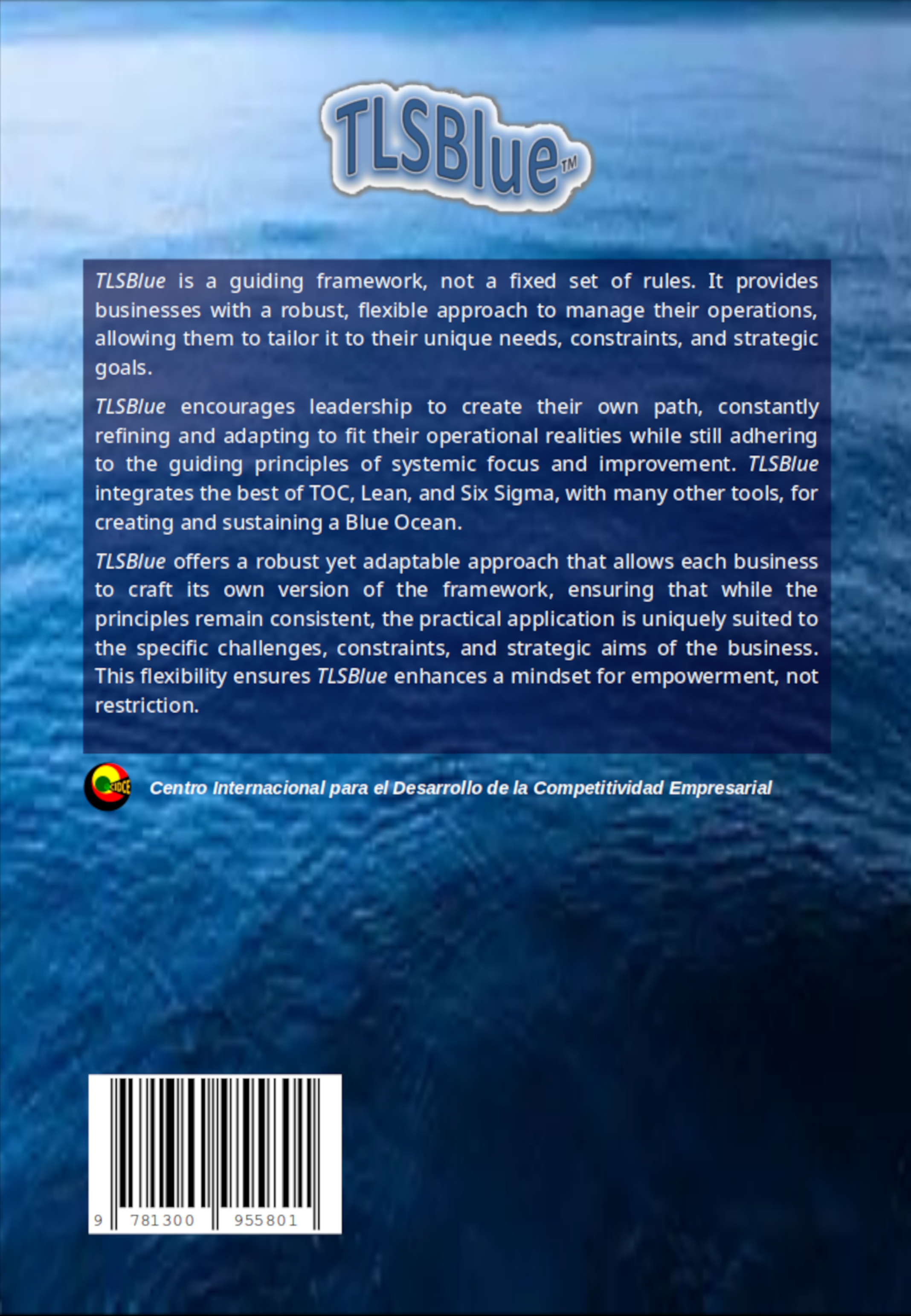Lean & Six Sigma
The following was generated with AIStudio to serve as an introduction to Lean & 6σ:
Lean and Six Sigma (aka LSS) are two powerful, yet distinct, methodologies focused on improving organizational performance, often used in tandem for enhanced results. Lean, at its core, emphasizes efficiency by eliminating waste and streamlining processes. It aims to create value for the customer by focusing on what is truly needed and removing anything that doesn't contribute to that value. Six Sigma, on the other hand, is a data-driven approach focused on reducing variability and defects in processes. It uses statistical analysis to identify and correct the root causes of problems, leading to higher quality and more predictable outcomes. While distinct in their primary focus, both Lean and Six Sigma share a commitment to continuous improvement and customer satisfaction.
Lean principles revolve around the concept of "value" as defined by the customer. This involves identifying and eliminating seven forms of waste: transportation, inventory, motion, waiting, overproduction, over-processing, and defects. Tools commonly used in Lean include Value Stream Mapping, 5S (Sort, Set in Order, Shine, Standardize, Sustain), Kanban, and Kaizen events. These tools help visualize and optimize processes by identifying bottlenecks, reducing unnecessary steps, and creating a more efficient flow. The emphasis is on speed, flexibility, and responsiveness to customer needs, all while minimizing resources. Lean's approach is often hands-on, involving teams in the improvement process and empowering them to make changes directly on the shop floor or in the office.
Six Sigma (6σ) uses a structured methodology known as DMAIC (Define, Measure, Analyze, Improve, Control) to address specific problems and reduce variability. It begins by defining the problem and its impact, then measures the current process performance to establish a baseline. The analysis phase uses statistical tools to pinpoint the root causes of defects or variations. Based on the analysis, improvements are implemented and then control mechanisms are put in place to sustain those improvements over time. Six Sigma is data-driven, relying on statistical evidence to make decisions and measure results. This approach leads to consistently high levels of quality, reduced costs, and increased customer satisfaction by ensuring processes are predictable, reliable, and produce consistent results.
And, what do you think about what Artificial Intelligence provides on LSS?
If you are logged-in as a registered user you can share your observations and questions with the TLSBlue community.



